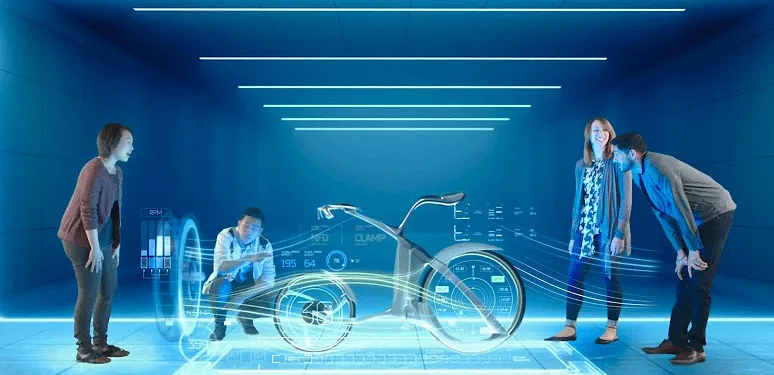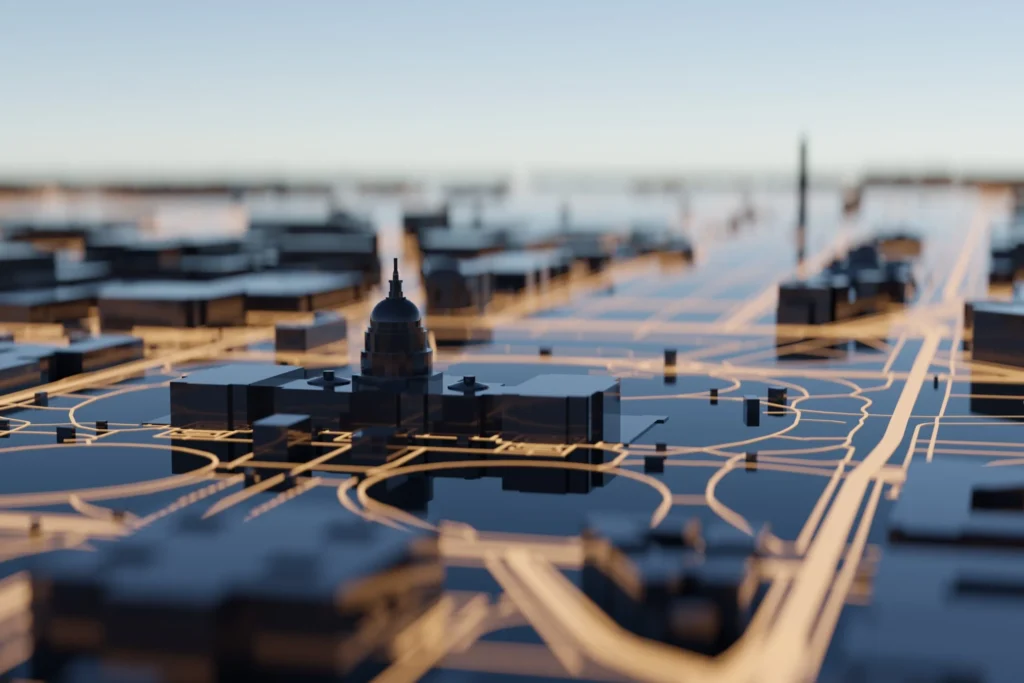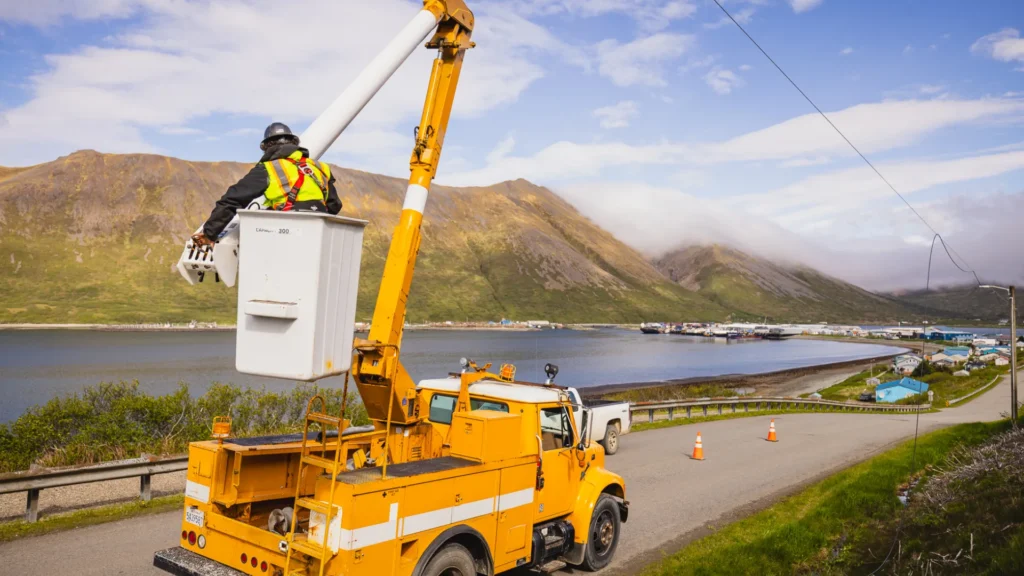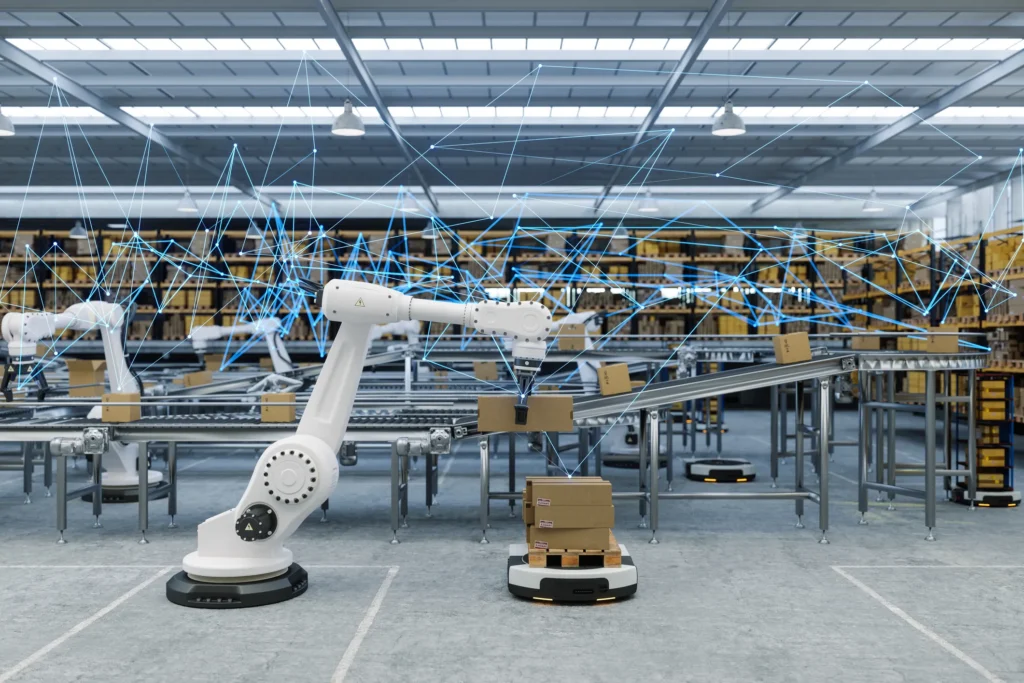Light field displays used to be a fantasy dream that audiences saw in science fiction movies, but today they are well on their way to becoming part of our lives. Behind the scenes, engineers like Arianne Hinds, principal architect and futurist at CableLabs, are helping to bring this and other futuristic experiences to users. Immersive technology displays that involve VR, AR, light field holodecks, and stereoscopic 3D are just around the corner. With 10G on the horizon—the cable industry’s initiative to bring 10 gigabit speeds to homes—all of these interactive applications have the ability to become mainstream, and America’s broadband providers are working together with multiple stakeholders throughout the industry to help us get there.
In an interview with NCTA, Hinds shared the news of the industry’s newest partnership, called the Immersive Digital Experiences Alliance (IDEA), which aims to bring together players across the media technology landscape to collaborate on creating a vision and the specifications needed for a media format that will drive these advanced technologies into our homes. More specifically, the alliance, which includes Charter Communications, Light Field Lab, OTOY, Visby, and Cox, is developing a suite of display-agnostic, royalty-free specifications that can be streamable and used as an input to a cable system that can drive any type of display.
Hinds and CableLabs have been working on writing and refining the spec for the new media format, (Immersive Technologies Media Format, or ITMF), since April 2018, and it’s on schedule to be released by the end of this year. “We used that as a starting point to form an alliance,” said Hinds. “We couldn’t do all the work at CableLabs because really the spec belongs to the industry beyond cable. It can be used to drive a light field display, VR & AR headsets, and already the media format is used in Hollywood.” In essence, IDEA aims to bring the tools that Hollywood is using as a media format that can be ingested directly into commercial networks as opposed to how the content is flattened today into a 2D video. “We’re trying to remove the flattening step,” added Hinds.
“Conceptually, a light field display is creating a photorealistic hologram—a lifelike representation of a visual scene. That content is the most true to life representation of the media. Conceptually, you can make it smaller to stream to any kind of display. That’s why we call it a display-agnostic format,” Hinds explained further. In VR, for example, there’s not a lot of content out there as of yet. Hinds and IDEA hope this media format will bridge the gap between what Hollywood is using and what the VR & AR headsets could use in the near future.
IDEA has generated a lot of interest from studios both large and small, and Cox joined shortly after the official launch of the alliance at the annual show of the National Association of Broadcasters this past April. IDEA is holding several more events this year where it hopes to gain more partners, like content creators, technology manufacturers and network operators, that can work together towards actualizing the future of immersive technology into the mainstream.
“This is a great use case for 10G,” said Hinds. “Especially with interactive applications and the fact that this video is a much richer format. You need the low latency of 10G, the increased bandwidth. … you can send any amount of data you want to a light field display, but you’ll get a much better experience if you send 1.5 gigabits [versus megabits] … That’s what you’ll need to recreate the photorealistic representation of the hologram.”
For more information on IDEA, visit www.immersivealliance.org.









